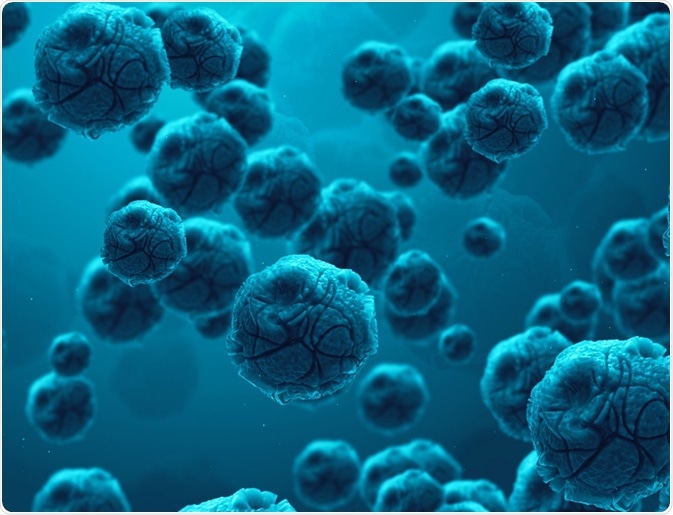Metabolomic profiling falls into two categories: targeted and untargeted metabolomics. Untargeted metabolomics refers to a comprehensive analysis of all small molecules in a cell, tissue, or organism, while targeted metabolomics refers to the presence and concentration of specific metabolites associated with a particular disease.
 arleksey | Shutterstock
arleksey | Shutterstock
The metabolome consists of all the metabolites in a cell, tissue, or organism. By measuring the number and type of metabolites in an organism, or particular tissue of interest, in the context of a specific disease, it is possible to determine disease state from the metabolites present.
Techniques used in metabolite profiling
Analytical techniques to identify changes in the population of metabolites include nuclear magnetic resonance spectroscopy, mass spectrometry, fourier-transform infrared spectroscopy, and liquid chromatography. Endogenous metabolites include many chemical classes that require particular analytical methods for successful identification.
In silico libraries are usually employed during untargeted metabolomics to easily identify chemical species. Although vast quantities of raw data generated often makes identifying particular metabolites difficult. Additionally, small molecules present in high concentrations often occlude detection of other less common molecules.
In targeted metabolic profiling, as the metabolites of interest are known sample preparation and analysis can be streamlined to only the most appropriate technique. Also, internal standards can be used to provide quantitative results. For example, when extracting a particular metabolite sample the protocol may be tailored to ideally suit the preferred polarity, pH, and temperature of the molecule.
How are metabolites separated?
Since metabolomic samples are highly complex, separation techniques are used to categorise and group them together. Thus, specific detection methods can be applied to molecules of particular classes, and the signal-to-noise ratio may be improved. Gas chromatography is widely used as it offers good chromatographic resolution between volatile metabolites, and can easily be combined with mass spectrometry or flame ionization detection. Less volatile and polar molecules are usually separated by high performance liquid chromatography.
How are metabolites detected?
Mass spectrometry is used to assess to type and concentration of metabolites, usually following separation by liquid or gas chromatography. The distinct fragmentation pattern generated by the metabolites can be compared with data libraries to determine their identity. Developments in mass spectrometry techniques reduce the need for prior separation, since it is sufficiently selective to differentiate between metabolites.
Nuclear magnetic resonance spectroscopy is also commonly used to identify metabolites, and metabolites need not be separated before detection while using nuclear magnetic resonance spectroscopy. Thus, it can recover the sample following analysis. All metabolites are capable of being detected through ordinary 1H and 13C nuclear magnetic resonance techniques, with high analytical reproducibility and relatively simple sample preparation. However, the amount of data generated is highly complex compared with mass spectrometry, particularly if the sample is not separated beforehand.
Further Reading